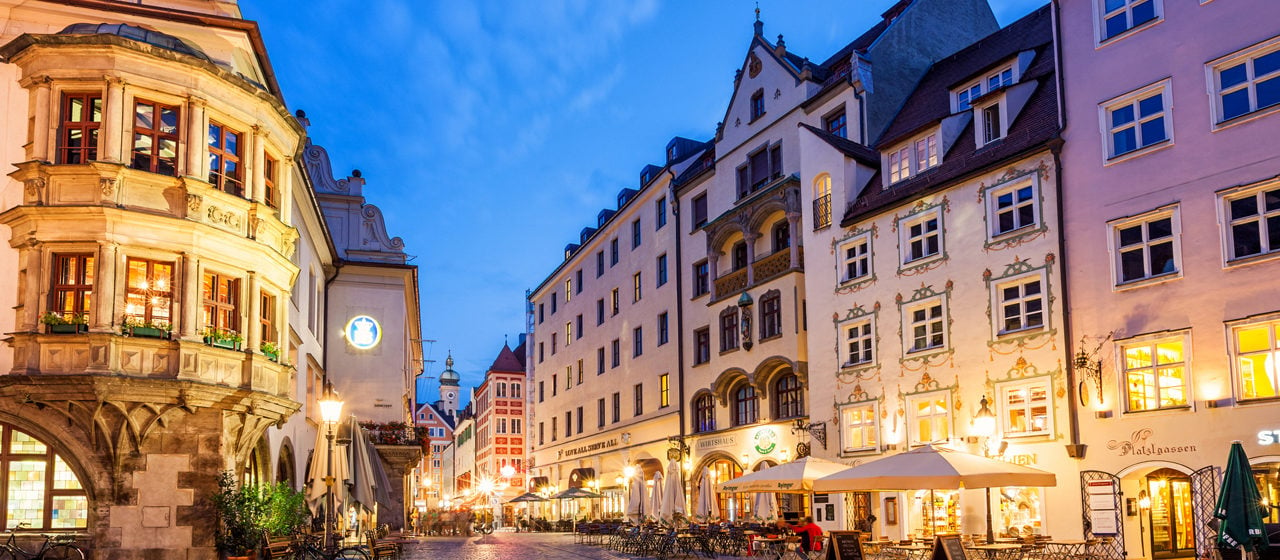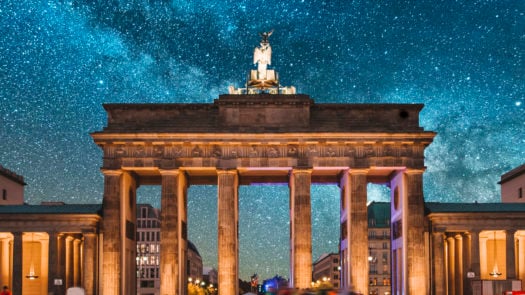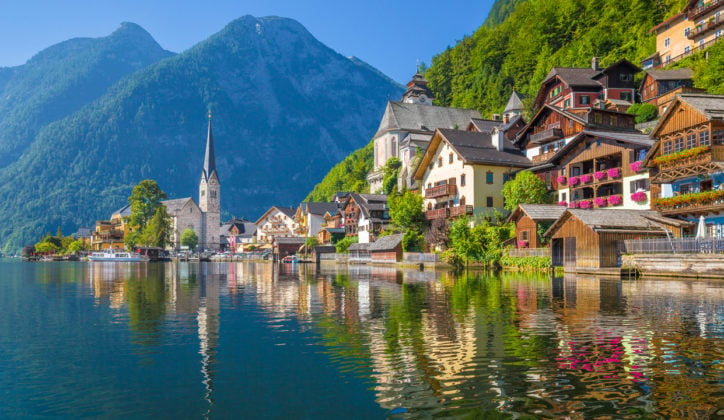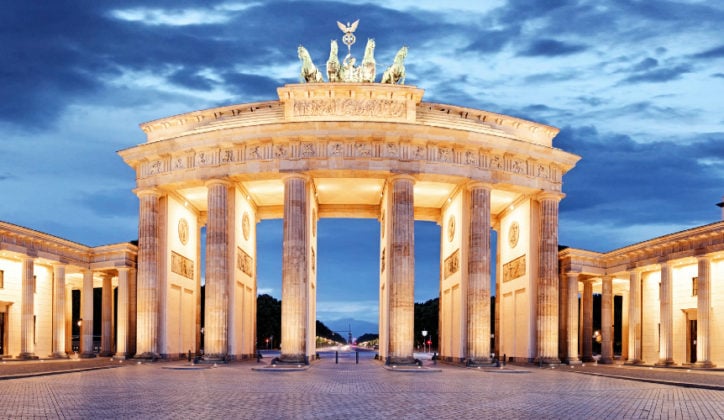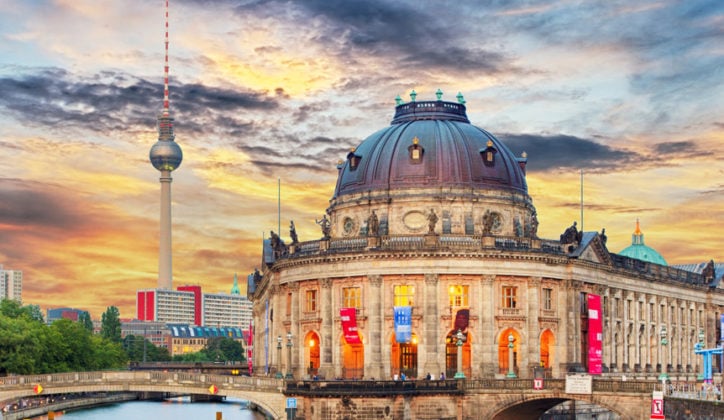Published on: February 14th, 2020
Last modified: July 28th, 2023
The best time to visit Germany largely depends on what it is you’re looking to do. To immerse yourself in local culture, experience Fasching on the Rhine in February or delve into classic Bavarian celebration Oktoberfest in September. If skiing in the Alps or Black Forest is more your thing, then anytime between November and March is fair game.
For a spot of Christmas cheer, head to one of the country’s many Christmas markets, open from late November until Christmas Eve. Finally, for an all-round experience with pleasant weather and fewer crowds, Germany’s two shoulder seasons (from March to May and September to November) are your best bet.

Best Time to Visit for...

Celebrations
Germany may not be the first destination that springs to mind when you think of flamboyant celebrations, but if you delve beneath the surface you’ll unearth some of Europe’s most exciting festivals. In February or March each year, the streets of major cities come alive with Fasching celebrations - Germany’s answer to Carnival. Fasching began as a celebration to drive out the ghosts of winter, and today consists of Germany’s streets being filled with masked processions aimed at warding off said spirits. Perhaps Germany’s most famous festival though is Munich’s classic Oktoberfest, where a myriad of beers, bratwursts and Bavarian culture come together over two weeks from late September to early October each year.

Hitting the Slopes
Germany is home to the Alps and the Black Forest, so there’s no shortage of impressive pistes to ski down. With the slopes also suitable for cross country skiing, they cater to a wide variety of abilities. Most ski resorts across the country open from mid-November to the end of March, but the best time to visit depends on what kind of skiing experience you’re hoping for. For guaranteed snow, the months of January and February are your best bet but for longer daylight hours, visit towards the end of February. Don’t miss Germany’s oldest ski club, located in the Black Forest and dating back to 1895.
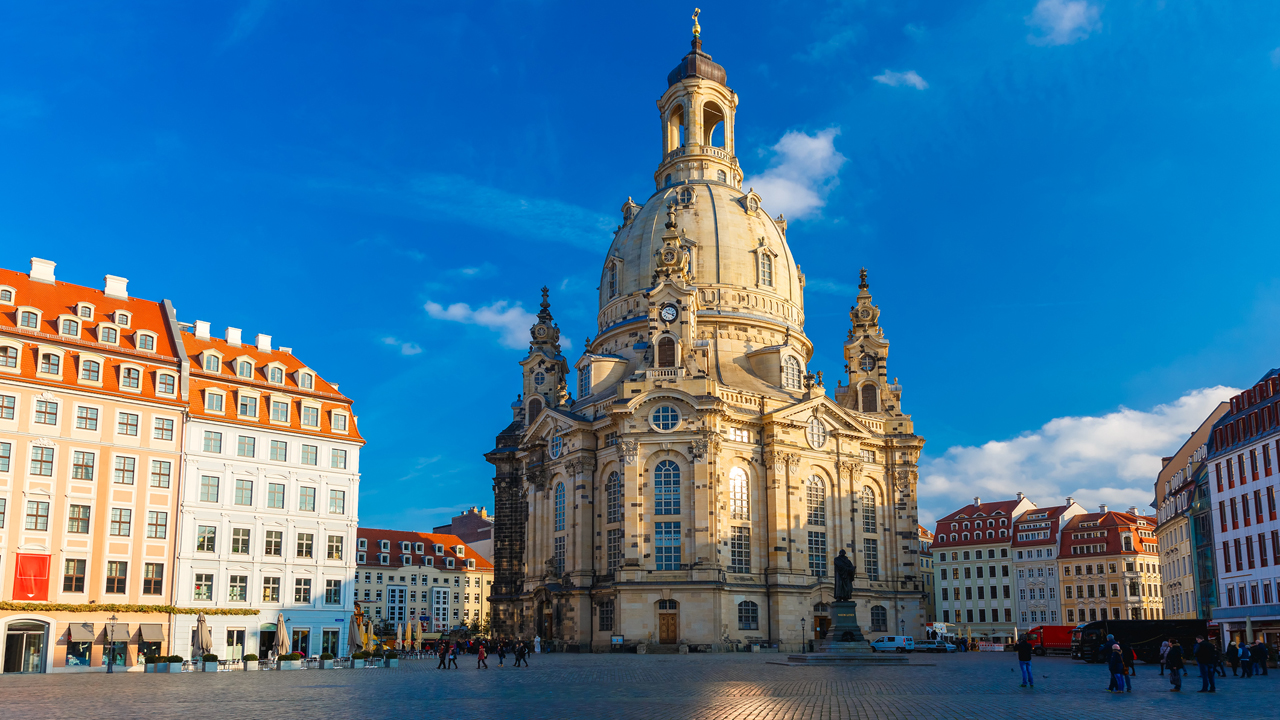
Sun and Seclusion
Between July and August, although it remains sunny throughout, temperatures in Germany can reach astonishing highs. One of our favourite summer destinations in Germany though is Dresden, where the riverside harbours come alive with people milling about under the summer sun. The best time to visit the rest of Germany for great weather (and fewer crowds) is in either the spring or autumn shoulder seasons. From March to May, sunshine rears its head through the clouds and temperatures tend to sit around a pleasant 40 - 60 °Fahrenheit (around 20° Celsius). The weather can also be somewhat unpredictable though, so remember to pack an umbrella. Germany enjoys a similar climate in autumn, from September to November, so the two shoulder seasons are the perfect time to visit for wonderful weather with limited crowds.
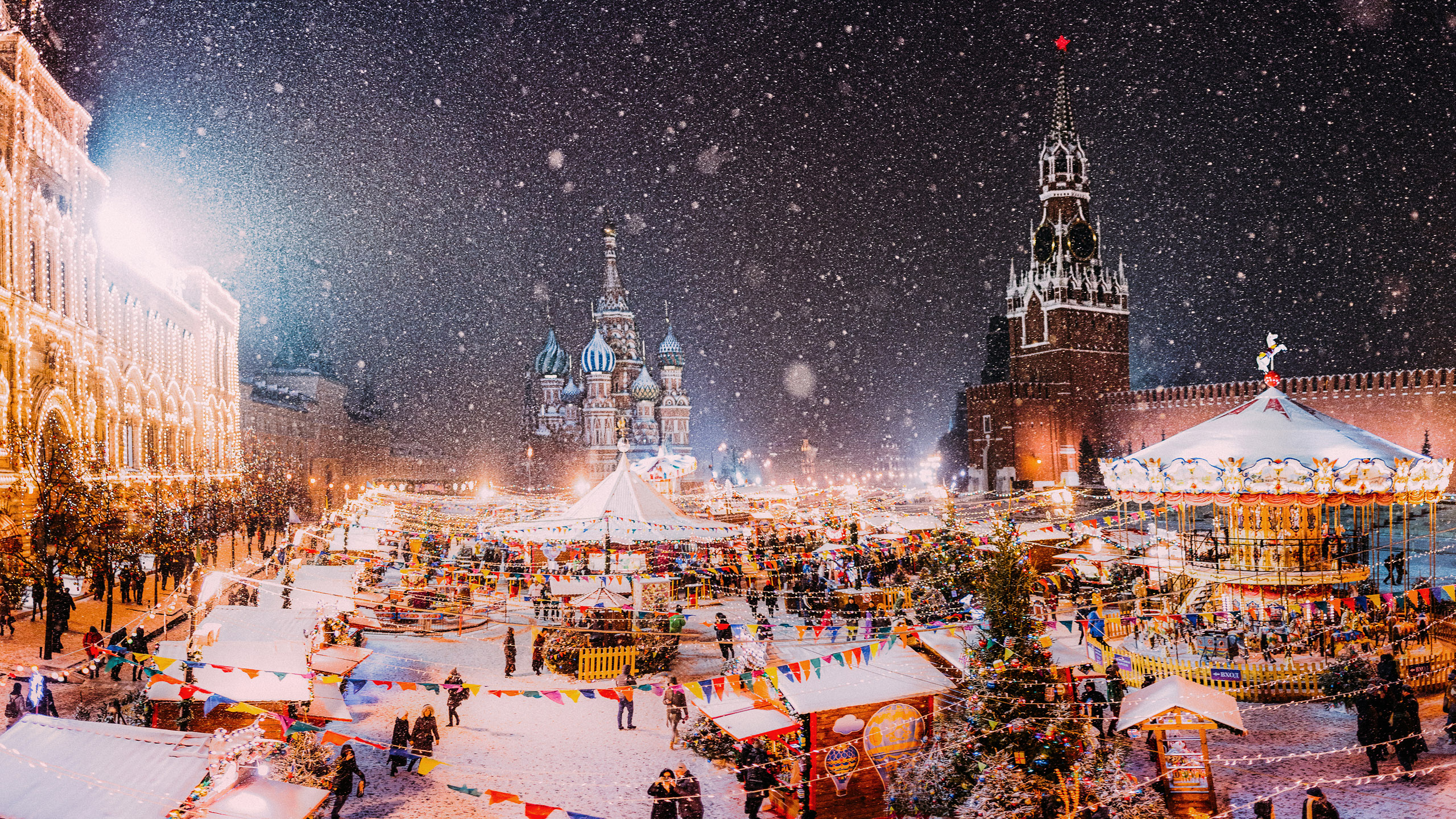
Christmas Cheer
Christmas markets go hand in hand with Germany, and generally last from late November to Christmas Eve. One of the most impressive in the country is Munich’s Christmas market, centred around a huge Christmas tree in Marienplatz, the city’s main square. For an off the beaten track market experience, head to Ravenna Gorge, whose fairytale setting in the heart of the Black Forest provides a veritable escape from reality. Complete with nativity scenes, German pastries and an abundance of gluhwein, Germany’s Christmas markets are an all round unforgettable experience.
Our Top Example Trips
Feeling inspired? Our expert travel designers are always on hand to help you plan your next adventure through Germany.
